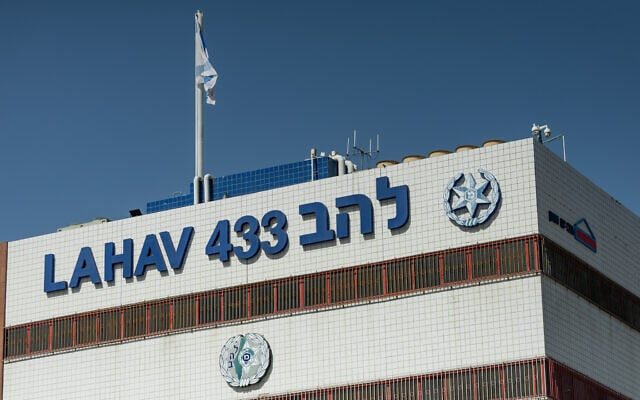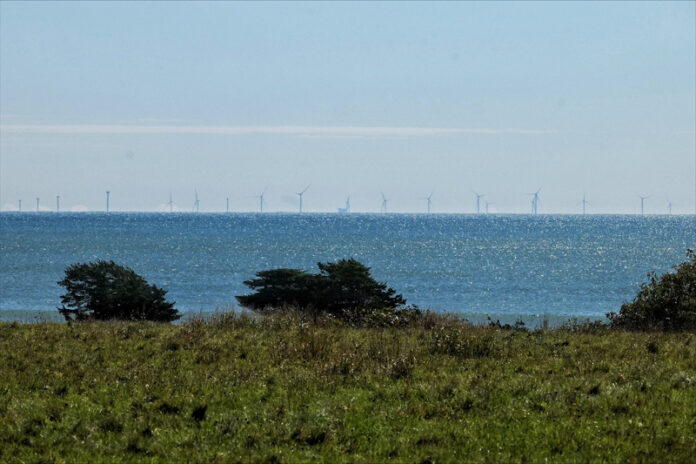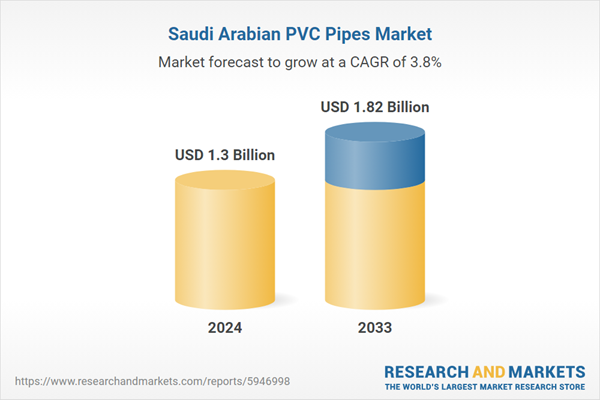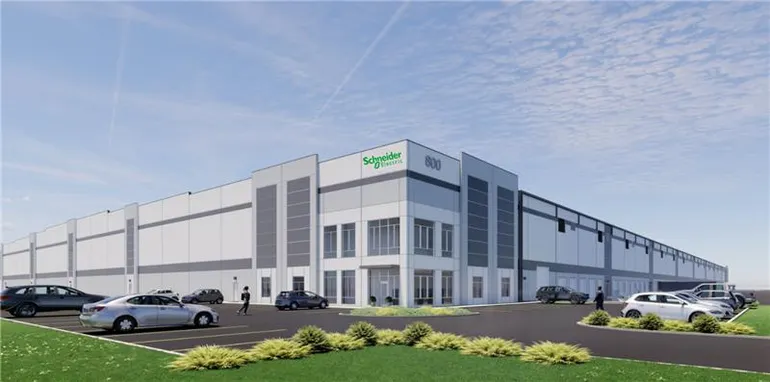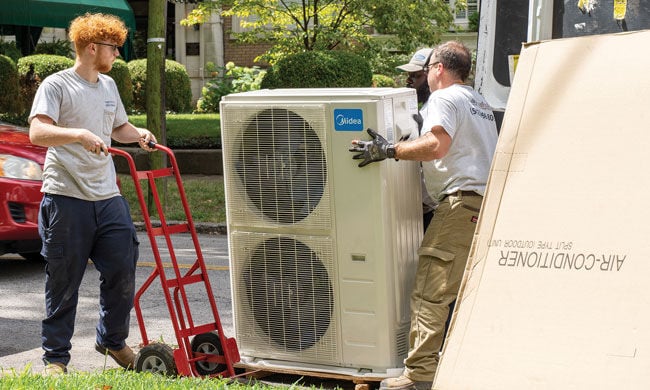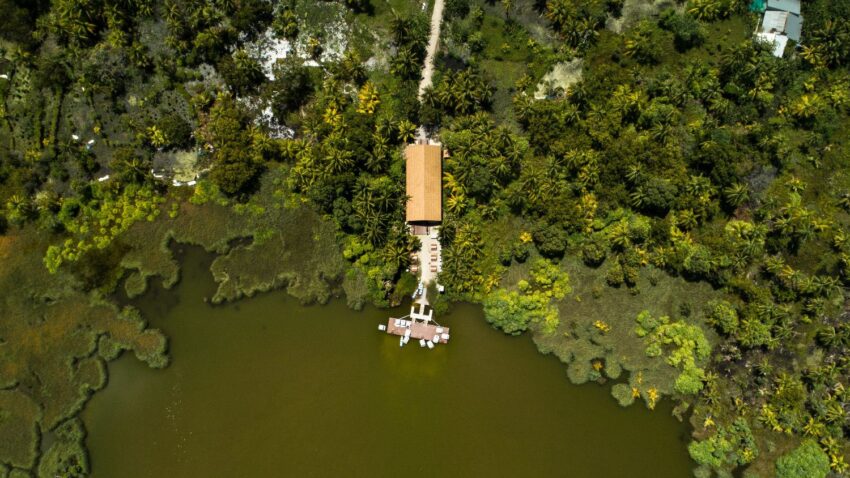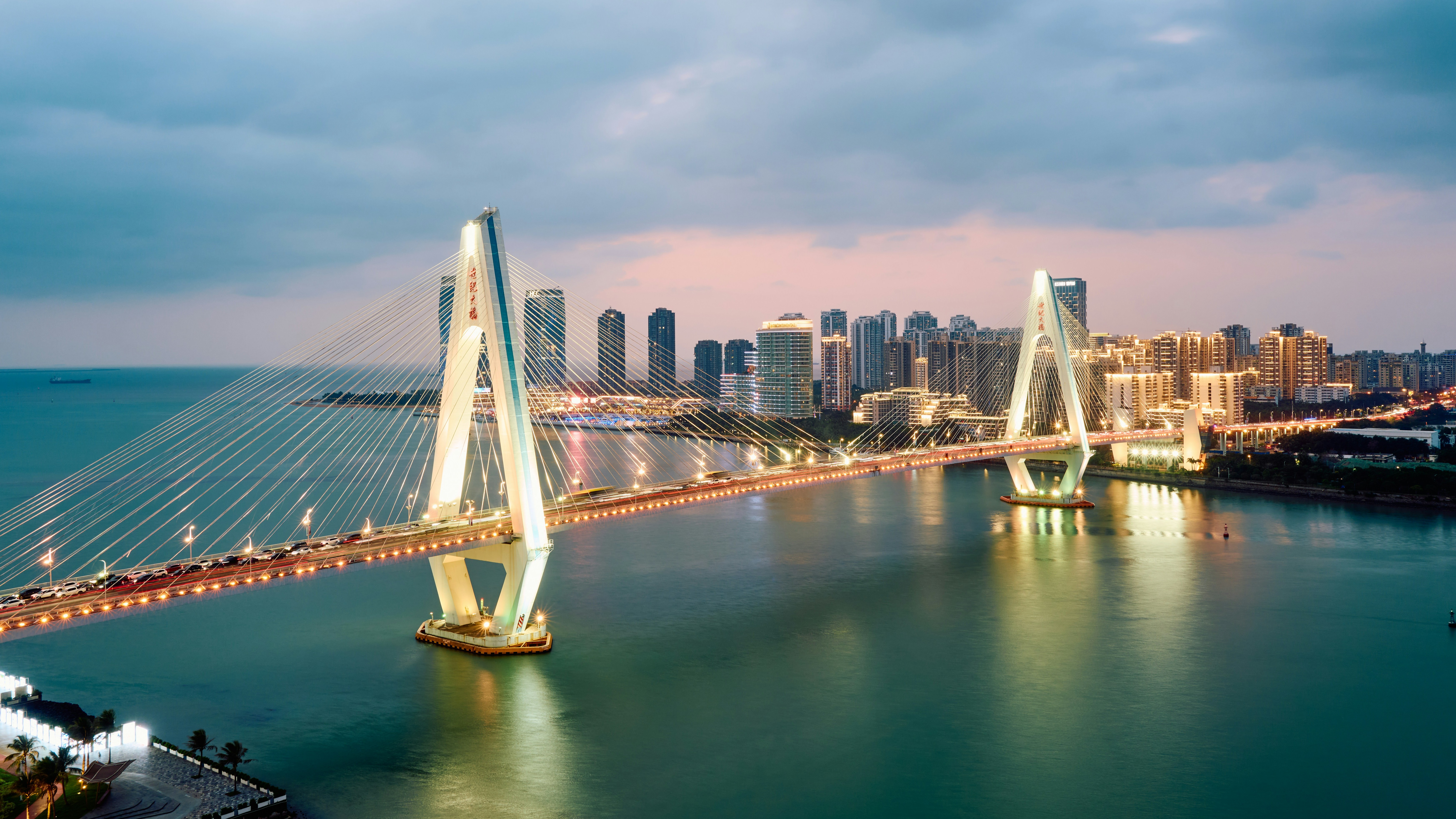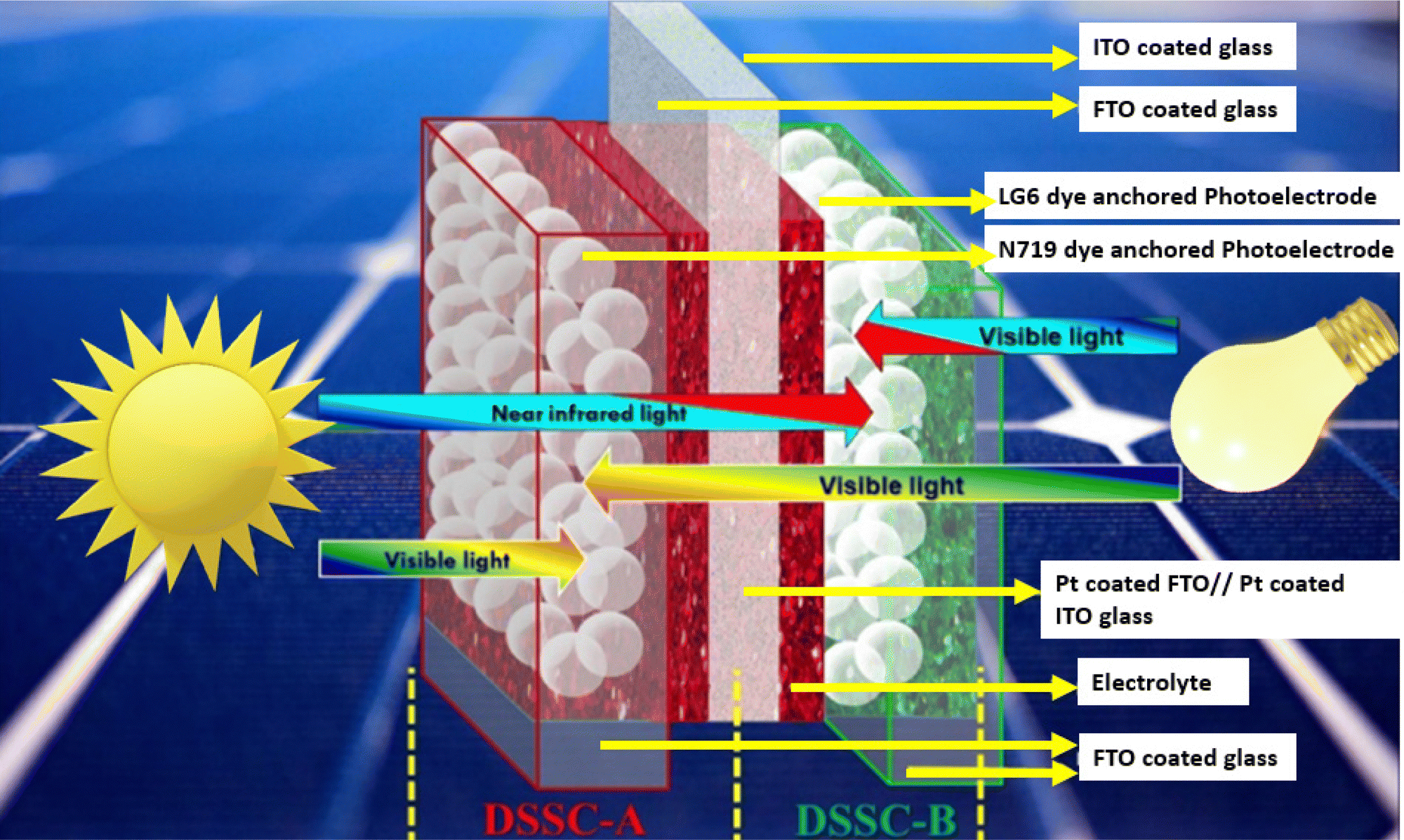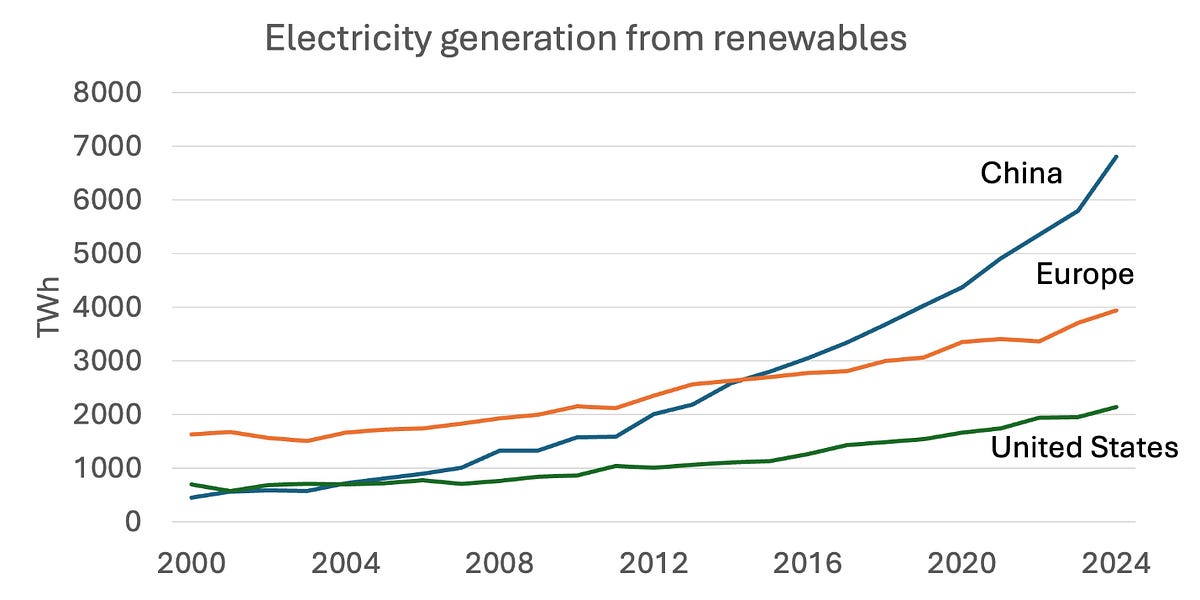NEXT Energy Installs First-Ever Large Format Building Integrated Organic Photovoltaic (BIPV) Façade – Yahoo.co
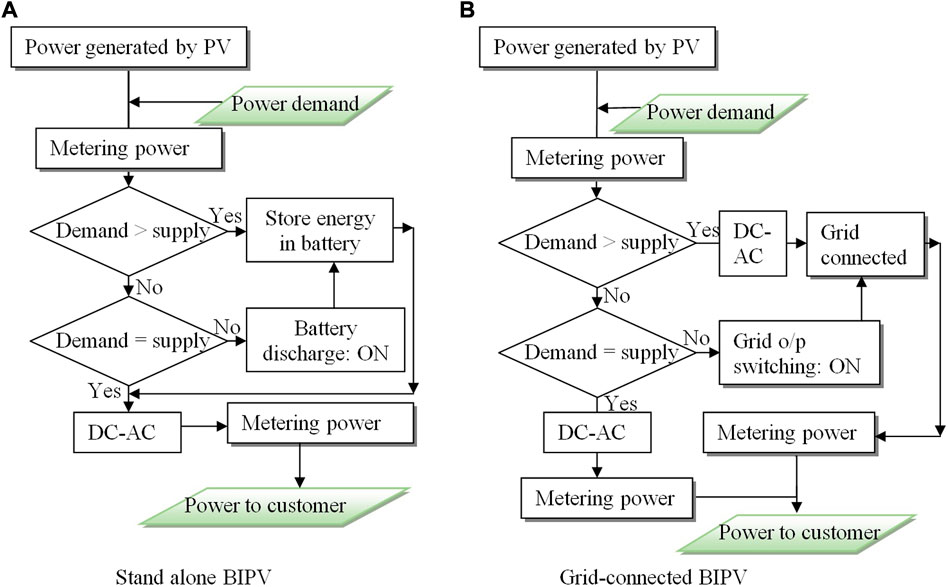
Report on the Commercialization Milestone of NEXT Energy Technologies’ BIPV Solution
Executive Summary
NEXT Energy Technologies, Inc. has achieved a significant commercialization milestone with the first installation of a transparent organic photovoltaic (OPV) glass façade at its Santa Barbara headquarters. This project demonstrates a scalable, sustainable, and aesthetically integrated solution for on-site energy generation in commercial buildings. The technology directly supports the achievement of several United Nations Sustainable Development Goals (SDGs) by advancing clean energy, sustainable infrastructure, and climate action.
Project Overview and Technical Specifications
- Organization: NEXT Energy Technologies, Inc.
- Milestone: First installation of a commercial façade featuring transparent Building Integrated Photovoltaic (BIPV) OPV coatings.
- Location: Company Headquarters, Santa Barbara, California.
- Installation Details:
- Six transparent photovoltaic (PV) windows, each measuring 40 by 60 inches.
- Total active area of 100 square feet of proprietary energy-generating glass.
- Each insulating glass unit (IGU) incorporates the OPV coating on the outboard lite, with high-performance Low-e coated inboard lites supplied by Viracon.
- The framing system, designed and installed by Walters & Wolf, demonstrates seamless integration into the standard window fabrication supply chain.
Contribution to Sustainable Development Goals (SDGs)
The NEXT OPV technology makes a direct and measurable contribution to multiple SDGs, positioning it as a key innovation for a sustainable future.
-
SDG 7: Affordable and Clean Energy
- The technology transforms building facades into on-site generators of clean, renewable energy, increasing the share of renewable energy in the global energy mix.
- It provides power at the point of use, which enhances building resilience and improves overall grid efficiency.
-
SDG 11: Sustainable Cities and Communities
- By integrating power generation into the building envelope, the solution helps reduce the carbon footprint of urban areas.
- A NEXT OPV façade can offset approximately 20–25% of a typical commercial building’s energy consumption.
- The technology’s ability to capture and convert infrared light reduces indoor cooling demands, lowering the energy load on HVAC systems and contributing to more sustainable and efficient buildings.
-
SDG 9: Industry, Innovation, and Infrastructure
- This installation represents a significant innovation in sustainable building materials and resilient infrastructure.
- The technology is born from Nobel Prize-winning research and demonstrates a scalable, high-speed, and low-energy manufacturing process, fostering sustainable industrialization.
-
SDG 12: Responsible Consumption and Production
- The proprietary organic semiconducting materials are earth-abundant and low-cost, promoting sustainable management and efficient use of natural resources.
- It enables buildings to become producers of energy, shifting from a consumption-only model to a more responsible and circular pattern.
-
SDG 13: Climate Action
- The technology is a direct tool for climate change mitigation by enabling buildings to generate their own zero-emission electricity.
- It strengthens resilience to climate-related hazards by decentralizing power generation and reducing strain on centralized energy grids.
Commercialization and Future Outlook
- The Santa Barbara installation serves as a critical real-world demonstration for architects, developers, and the building industry, showcasing the technology’s performance and aesthetic qualities.
- The successful scaling of the OPV coating proves its readiness to transform the built environment without compromising architectural design or transparency.
- NEXT Energy Technologies is positioned to expand the application of its energy-generating facades, advancing a future where buildings are integral to achieving global energy and climate goals.
Analysis of Sustainable Development Goals in the Article
1. Which SDGs are addressed or connected to the issues highlighted in the article?
-
SDG 7: Affordable and Clean Energy
The article focuses on a new technology that generates clean, renewable energy. The transparent organic photovoltaic (OPV) windows turn building facades into “on-site power sources,” directly contributing to the goal of increasing access to and use of clean energy. The text explicitly mentions generating “clean power” and “solar energy.”
-
SDG 9: Industry, Innovation, and Infrastructure
The article highlights a “groundbreaking installation” and a “major milestone” in technological innovation. It describes a new, scalable technology (“transparent OPV coatings”) that upgrades building infrastructure to be more sustainable and energy-producing. The entire article is about the commercialization of an innovative product that modernizes the building industry.
-
SDG 11: Sustainable Cities and Communities
The technology is specifically designed for the “built environment” and “commercial building facades.” By enabling buildings to generate their own power and improve energy efficiency, it directly supports the creation of sustainable buildings, which are a cornerstone of sustainable cities. The article mentions the goal of achieving a “future of sustainable building design.”
-
SDG 13: Climate Action
By generating renewable energy and increasing energy efficiency, the technology helps reduce reliance on fossil fuels and lowers the carbon footprint of commercial buildings. The article notes that the windows “help lower indoor cooling demands, easing the load on HVAC systems,” which reduces overall energy consumption and associated greenhouse gas emissions, thus contributing to climate change mitigation.
2. What specific targets under those SDGs can be identified based on the article’s content?
-
Target 7.2: By 2030, increase substantially the share of renewable energy in the global energy mix.
The article describes a technology that enables “commercial windows to generate solar energy.” The installation turns building facades into producers of renewable energy, directly increasing the share of renewable energy generated at the point of use. The text states the technology can “offset approximately 20–25% of the energy consumption typical of commercial properties” with clean power.
-
Target 7.3: By 2030, double the global rate of improvement in energy efficiency.
The innovation supports “greater energy efficiency.” By capturing and converting infrared light, the windows “help lower indoor cooling demands, easing the load on HVAC systems.” This reduction in energy needed for cooling represents a direct improvement in the building’s energy efficiency.
-
Target 9.4: By 2030, upgrade infrastructure and retrofit industries to make them sustainable, with increased resource-use efficiency and greater adoption of clean and environmentally sound technologies and industrial processes.
The article showcases the adoption of a clean and environmentally sound technology (OPV coatings) to upgrade infrastructure (building facades). The installation demonstrates how “solar technology integrates seamlessly into commercial building facades,” making them sustainable and energy-efficient, which is a direct application of this target.
-
Target 9.5: Enhance scientific research, upgrade the technological capabilities of industrial sectors in all countries…
The article mentions that the technology is “born out of Nobel Prize-winning work at UC Santa Barbara” and has reached a “major milestone toward commercialization.” This demonstrates the successful transition from scientific research to a scalable, commercial technology, thereby upgrading the technological capabilities of the building and energy industries.
3. Are there any indicators mentioned or implied in the article that can be used to measure progress towards the identified targets?
- Percentage of energy consumption offset by renewable energy: The article explicitly states that a “NEXT OPV facade can generate enough electricity to offset approximately 20–25% of the energy consumption typical of commercial properties.” This is a direct quantitative indicator for measuring the share of renewable energy (Target 7.2).
- Reduction in cooling load: The article implies an indicator by stating the windows “help lower indoor cooling demands, easing the load on HVAC systems.” This reduction can be measured to track progress in energy efficiency (Target 7.3).
- Adoption rate of the new technology: The article mentions the “first installation of a commercial facade” and its size (“100 square feet”). The number of buildings using this technology or the total square footage installed over time would serve as an indicator for the adoption of clean technologies (Target 9.4).
4. Table of SDGs, Targets, and Indicators
| SDGs | Targets | Indicators |
|---|---|---|
| SDG 7: Affordable and Clean Energy | 7.2: Increase substantially the share of renewable energy in the global energy mix.
7.3: Double the global rate of improvement in energy efficiency. |
Percentage of building energy consumption offset by on-site solar generation (stated as “20–25%”).
Reduction in building energy demand for cooling (implied by “lower indoor cooling demands”). |
| SDG 9: Industry, Innovation, and Infrastructure | 9.4: Upgrade infrastructure and retrofit industries to make them sustainable…and with greater adoption of clean and environmentally sound technologies.
9.5: Enhance scientific research, upgrade the technological capabilities of industrial sectors. |
Number of buildings/total area of facades retrofitted with OPV technology (implied by the “first installation” of “100 square feet”).
Commercialization of technologies based on advanced scientific research (implied by “born out of Nobel Prize-winning work”). |
| SDG 11: Sustainable Cities and Communities | 11.6: Reduce the adverse per capita environmental impact of cities. | Reduction in building energy consumption and integration of renewable energy sources into urban infrastructure. |
| SDG 13: Climate Action | 13.2: Integrate climate change measures into policies, strategies and planning. | Adoption of building technologies that reduce greenhouse gas emissions through clean energy generation and improved energy efficiency. |
Source: sg.finance.yahoo.com

What is Your Reaction?
 Like
0
Like
0
 Dislike
0
Dislike
0
 Love
0
Love
0
 Funny
0
Funny
0
 Angry
0
Angry
0
 Sad
0
Sad
0
 Wow
0
Wow
0


















